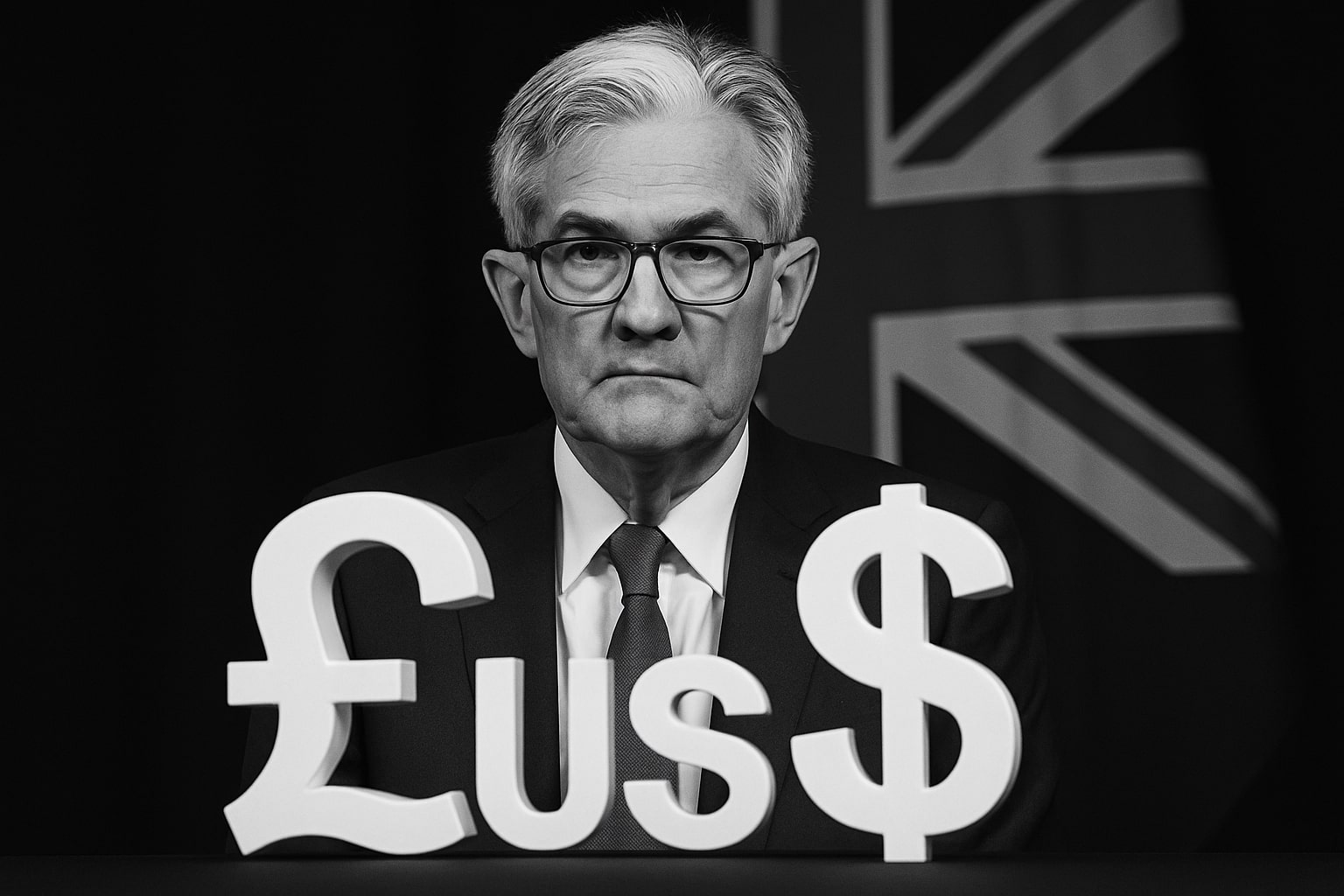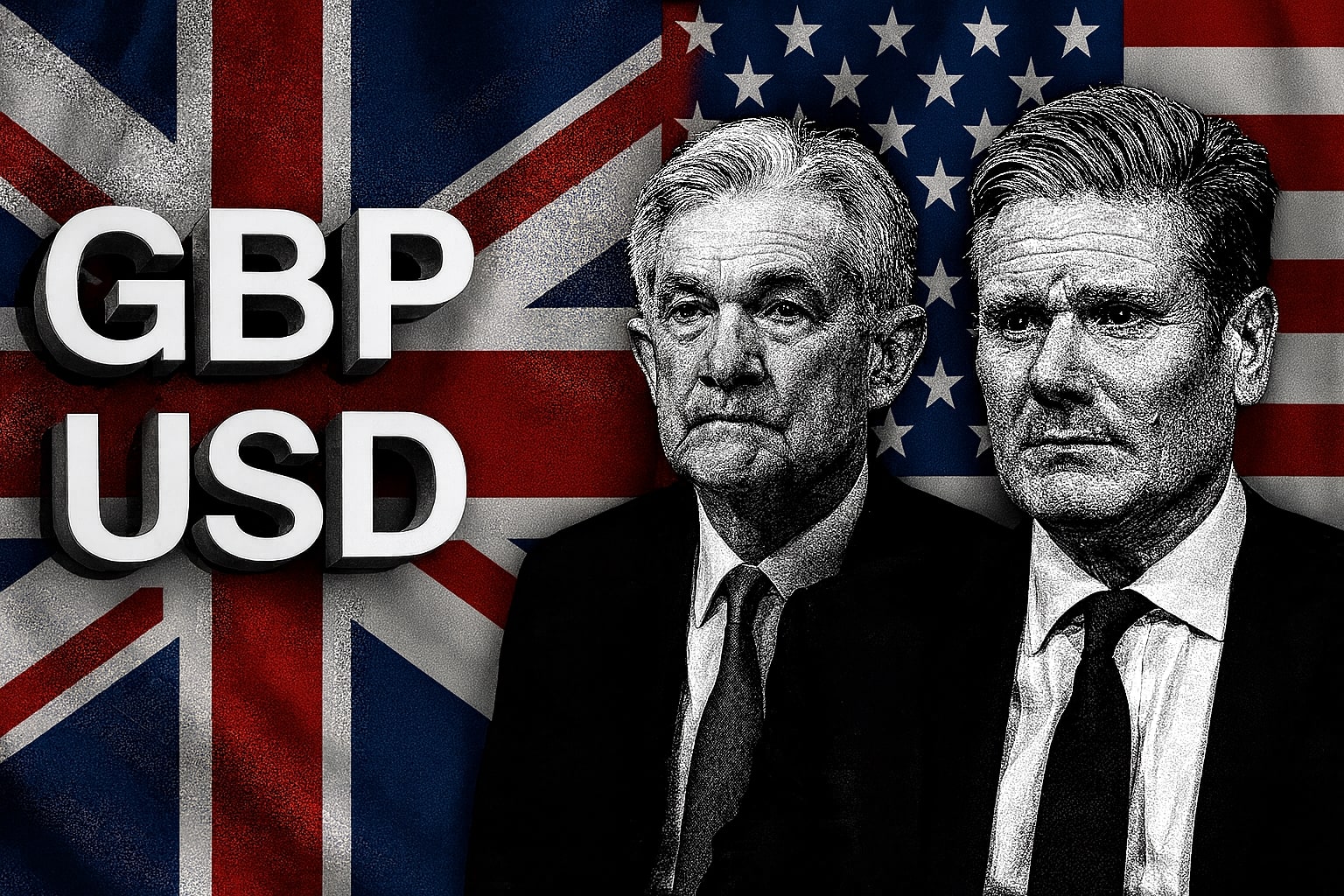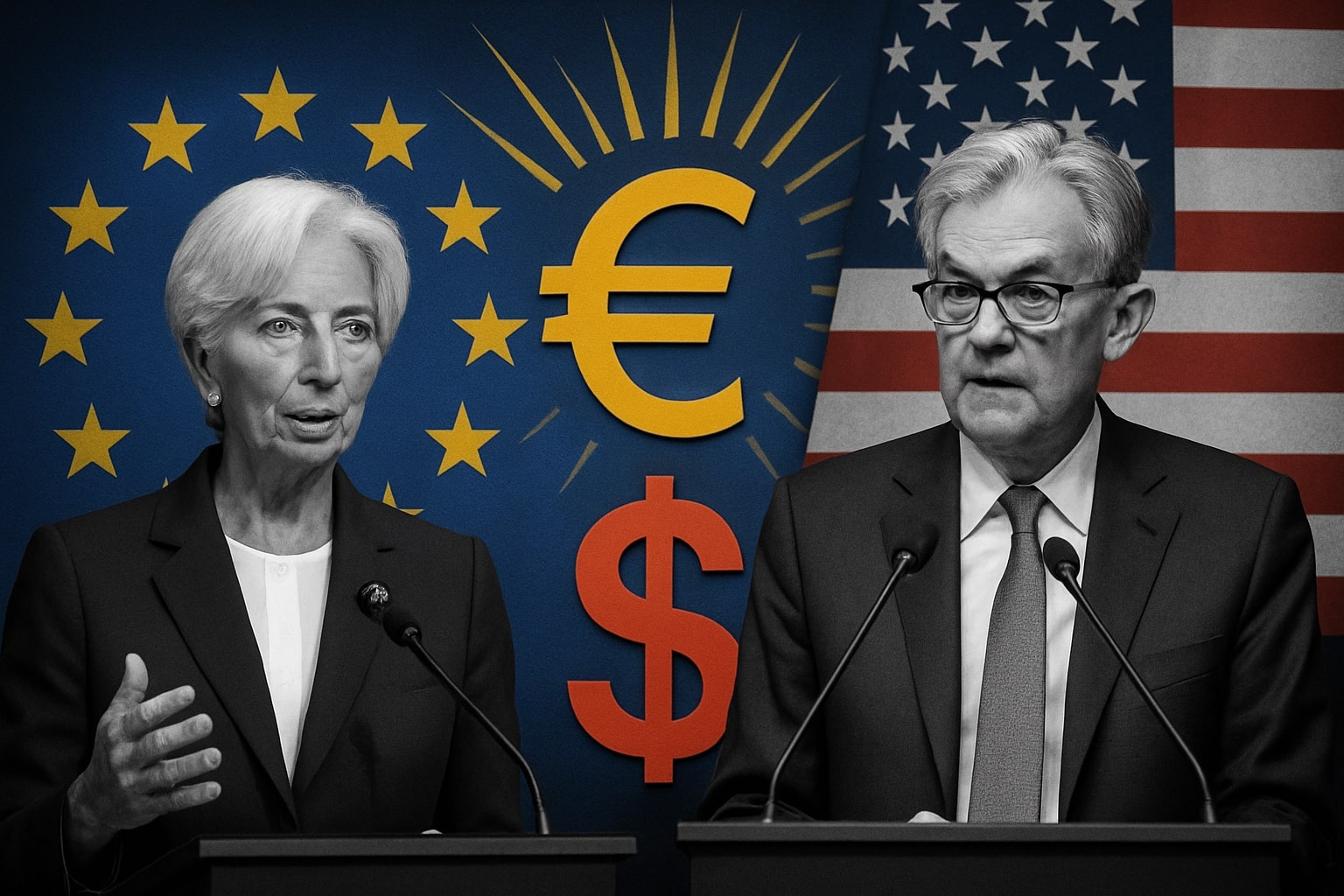Market Psychology: Range Trading Dominates, Leverage Flows Stay Muted
Positioning data indicate indecision rather than panic. CFTC speculative net longs on sterling have dropped by nearly 4,500 contracts, the first reduction in six weeks, showing that leveraged traders are trimming exposure rather than shorting aggressively. Retail sentiment mirrors this balance — 58% of traders remain net long, while institutional flow data show limited capital inflow to UK assets since early September. Volatility indicators also remain subdued: implied GBP/USD volatility sits near 6.9%, the lowest since May. These readings suggest that the next breakout direction will likely hinge on concrete catalysts — namely the BoE’s November guidance or the UK Budget — rather than sentiment alone.
Cross-Asset Signals Reinforce Structural Bearish Bias on Sterling
Equity and bond markets are amplifying sterling’s vulnerability. The FTSE 100 has underperformed major indices, up just 1.2% year-to-date, while 10-year gilt yields remain elevated, tightening financial conditions for corporates and households. Meanwhile, foreign investors have trimmed UK bond exposure by roughly £6.5 billion over the past quarter, according to BoE data. This outflow adds downside pressure to GBP/USD, especially as capital flows redirect toward the U.S., where Treasury yields remain structurally higher. Energy import costs, despite moderating oil prices near $61–$66, continue to strain the UK’s current account, widening the trade deficit beyond £10 billion per month. These structural imbalances form the macro backdrop sustaining sterling’s longer-term weakness.
Fed and BoE Policy Trajectories Define the Path Forward
This week’s FOMC meeting and upcoming BoE communications represent the defining crosscurrents for GBP/USD’s next leg. If Chair Powell signals caution rather than full commitment to further cuts, the dollar’s defensive strength could accelerate sterling’s descent below 1.3250. Conversely, dovish U.S. language paired with a disciplined UK Budget narrative could stabilize the pair above 1.33–1.34 into November. Yet the broader macro setup still favors U.S. assets until UK inflation materially undershoots or fiscal credibility returns.
Verdict: Hold — Range-Bound With Downside Bias Toward 1.3200
Despite brief rebounds, the GBP/USD pair remains structurally weak below 1.3360 resistance, confined to a 1.3250–1.3450 corridor short term. Fiscal uncertainty, dovish BoE repricing, and stronger U.S. data all tilt momentum toward the dollar. Unless the Autumn Budget removes the risk premium or U.S. data deteriorate sharply, rallies are likely to fade into selling pressure. Current data supports a Hold view with a bearish bias, targeting 1.3200–1.3150 as near-term levels while watching for policy inflection points later this quarter.




















